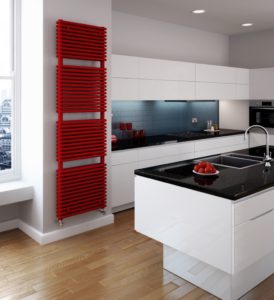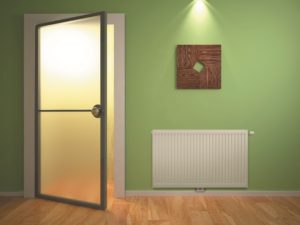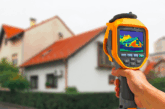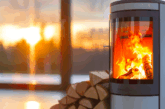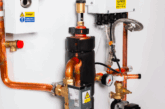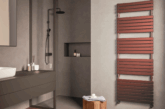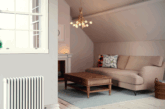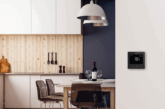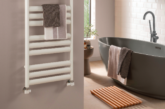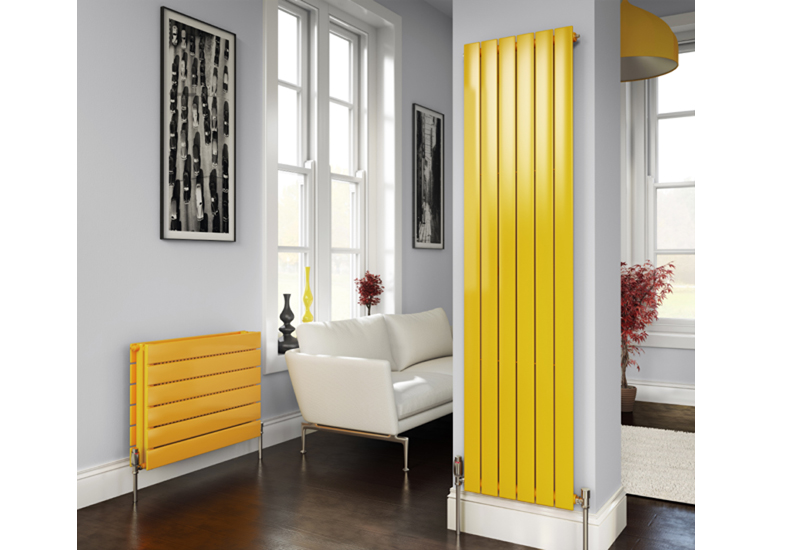
Chris Harvey, Marketing Manager at Stelrad Radiators, explains how the latest radiators can be up to 50% more efficient than 2000 era models – while adding to the design of any room.
Over the decades the standard radiator has evolved significantly. Notably, technical improvements in radiator design and manufacture has improved their energy performance levels.
This has occurred in part thanks to quality requirements – things like the need to comply with ISO 9001, ISO14001 and the need to comply with European Standard EN442 Kite mark.
Radiators manufactured after 2000 can be up to 50% more efficient than older radiators, due to the increased surface area of newer radiators and the improved convection fins. ‘Radiator’ may be the wrong word for these heating appliances. Only 20% of the heat generated by a standard radiator is actually radiant heat – 80% is caused by convection – cool air being ‘dragged up’ behind and through the radiator in convection currents, warming the air as it flows.
The need for speed
Modern radiators also offer more energy efficiency because they heat up more quickly than older radiators, due in the main to lower water content – typically around 24% less water in modern radiators than those pre-2000. The relatively recent arrival of K3 radiators to the UK – three panels and three convection fins – has seen the potential for even greater heating and efficiency benefits from radiators with the same wall ‘footprint in the more common single or double panel formats.
Radical from Stelrad offers 50% more radiant heat than a standard parallel feed radiator, 23% faster heat up and 53% hotter front panel with significantly less heat loss from the back panel. In independent assessments it offers a 10.5% reduction in energy bills.
Going vertical
In addition, the arrival of specially designed vertical radiators has allowed for new aesthetically pleasing designs. These allow for larger heating areas but for smaller horizontal footprints, freeing up wall space but allowing for more heat to be generated – well suited for larger rooms in today’s new homes.
But can radiators, however energy efficient, be genuinely attractive? Even a few years ago, the suggestion that a radiator could become a focal point of the décor in a home would have been met with something between a raised eyebrow and total disbelief.
Designer Rads
Designer radiators have been around for a long time, but initially most designer radiators were targeted at bathrooms and possibly kitchens. They tended to be chrome plated, and to be designed as towel rails rather than as fully functional heating appliances to install throughout a home.
New homes developers were the first to start the trend for heated towel rails in bathrooms as a mass market and now pretty much every home has a ‘posh rad’ in its bathroom or wet room.
Things have come a long way in a short time, with a myriad of designer radiators available for interior decorators and switched on housebuilders and developers to incorporate in their designs and décor.
The proof of the pudding, as they say, is in the eating and when supposedly staid radiator manufacturers unleash a range of high quality, highly functional but exceptionally good looking designer radiators, alongside their traditional and still very successful steel panel offerings, you know that a trend has become mainstream.
Splash of colour
But perhaps the most impressive change in radiators in the past few years has been the huge increase in colours that radiators are available in nowadays. To paraphrase the famous quip by Henry Ford traditionally you could have radiators in ‘any colour so long as it was white’. Stelrad now offers many of its models in up to 35 different colours – with a small delivery waiting time – to get exactly the right colours and shades for interior décor purposes.

